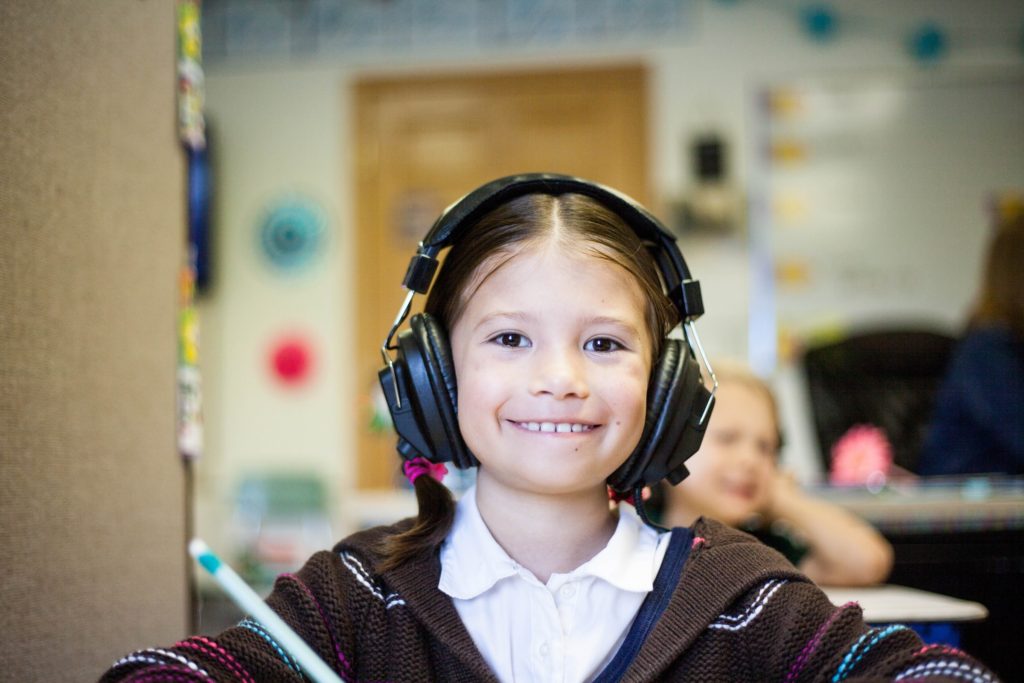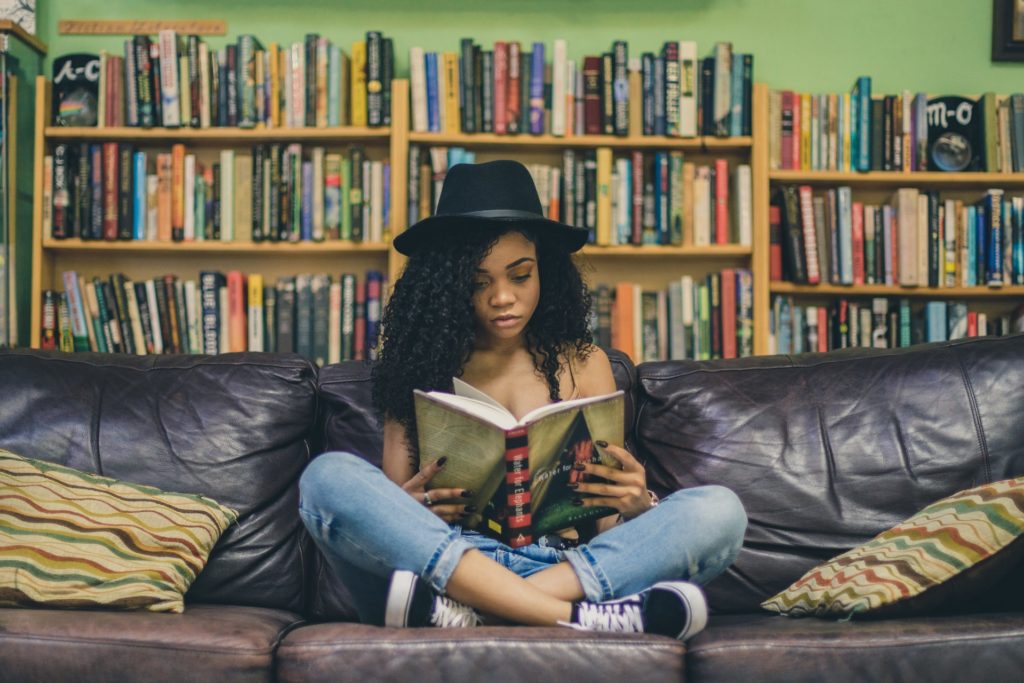Table of Contents
What is Dyslexia?
The National Institute of Neurological Disorders and Stroke (NINDS) defines Dyslexia as a “learning disability that specifically impairs a person’s ability to read.” (“Dyslexia Information Page | National Institute Of Neurological Disorders And Stroke”) It is defined as a student who scores significantly lower on tests measuring their reading ability compared with other tests without known cause. Students with Dyslexia often score well in many other areas and simply have an area of significant difficulty in the area of reading due to how their brain personally processes the information.
Students with Dyslexia are fully capable of learning how to read at a fully functional level with supportive teachers and specifically crafted overcoming strategies. Dyslexia is a very broad diagnosis and it may present in many different ways in different individuals.
Identifying Students with Dyslexia in the Classroom

Students diagnosed with Dyslexia are often described by their teachers as…
- Reading at a level significantly below their grade level.
- Having trouble sounding words out.
- Not understanding or remembering what they read.
- Having difficulties with spelling.
5 Targeted Interventions
1: Have students with dyslexia read aloud.
When students read aloud, they are not only activating the parts of their brain involved with looking at and reading the words in a book, they are activating the auditory cortex as well. Because students can sometimes hear more mistakes than they notice when simply reading due to their difficulties with reading, this gives students diagnosed with dyslexia a second pathway to self correct and learn to notice their weak points. This forces students to slow down, read each word, and listen for errors they might skip over when reading quickly in their heads.
2: Have students with dyslexia use line guides and overlays.
Some students with dyslexia have trouble when reading due to having trouble processing a line of text as a single line. To these individuals, letters seem to move and they can easily lose their place or mix letters from different words into one. To alleviate the stress their brain has when processing, students can use a bookmark or other straight surface to underline the line they are currently reading. This blocks lines below from their visual field and prevents those letters from getting in the way.
Another strategy that works for some students but not others is using colored see through paper overlays. The research is rather controversial and some students see no benefit at all while others see a benefit due to reduced eye strain. (Nirghin et al.) While these overlays don’t help every student with Dyslexia, schools could still benefit from purchasing these cheap accommodations to have on hand to try with students diagnosed with dyslexia.
3: Have students with dyslexia keep a reading journal.
Research shows that one of the reasons students with dyslexia have difficulties with reading can be the effect it has on their working memories. (Reiter et al.) While reading is impaired in students with dyslexia, writing is done in a completely separate part of the brain involved in productive speech called Broca’s area.
Having students write down the key events from stories they read or take detailed notes while reading as they would when listening to a lecture will help them to overcome the memory issues involved by writing the information down. Writing information down not only activates a second part of the brain, which helps any student remember information better, but it activates an area of the brain unaffected by dyslexia, allowing these students to be less affected by their dyslexia.

4: Let students with dyslexia use text to speech to give their brains a break.
Reading takes a lot of energy for a student with dyslexia. Allowing them to use a text to speech program to read some of their work to them will allow them to focus on the content they are learning rather than their ability to read. While it may take a bit of research to find a program and voice that works for the student, there are many options to look through, both free and paid. Natural Reader and Linguatec are good and simple options to look into, but there are many others if these options don’t work.
Another good option for English classrooms is to provide an audiobook version of any novels assigned. The student should not exclusively read the audiobook, but should listen to it while also reading along in their physical book and taking notes. This will give them a chance to have a break from visually reading when necessary, but also help them improve at listening while taking notes, an important skill for any student who listens to lectures.
5: Have students with dyslexia read more!
While students with dyslexia will need more breaks and not be able to do their best when having to read long texts, this does not mean they are capable of it or able to improve. A teacher’s job is to help students to improve and often teachers spend too much energy looking for ways to accommodate around a learning difficulty rather than focusing on it head on.
Students with dyslexia can absolutely improve their ability to read and find ways to make it easier for themselves. While teachers should be extra mindful when assigning reading tasks, especially particularly long ones, they should not allow students with dyslexia to simply not read because it is harder for them. Every student is capable of learning and improving and a good teacher never shies away from a challenge.
Want more like this? Make Lab to Class a part of your weekly professional development schedule by subscribing to updates below.
Disclaimer
This guide to helping students with learning difficulties is designed with the principles of Universal Design, which says that lessons can be built in a way that works for the brains of all students. As a disclaimer, however, none of the information in this guide can supersede the personal relationship and rapport built over the months between teacher and student.
Students with learning difficulties are not all alike and not all strategies will work for all students, so teachers should continue their good practice of getting to know the needs, strengths and weaknesses of each of their students with or without a diagnosed learning difficulty. These tips are based on the fundamentals of how the human brain works, however, and so many students will respond well to these suggestions, perhaps helping students with and without a learning difficulty.
References
“Dyslexia Information Page | National Institute Of Neurological Disorders And Stroke”. Ninds.Nih.Gov, 2021, https://www.ninds.nih.gov/Disorders/All-Disorders/Dyslexia-Information-Page.
Nirghin, Urvashni et al. “The Effect Of Color Overlays On The Reading Ability Of Dyslexic Children”. Indian Journal Of Ophthalmology, vol 65, no. 8, 2017, p. 772. Medknow, doi:10.4103/ijo.ijo_541_16.
Reiter, Astrid et al. “Executive Functions In Children With Dyslexia”. Dyslexia, vol 11, no. 2, 2005, pp. 116-131. Wiley, doi:10.1002/dys.289.




